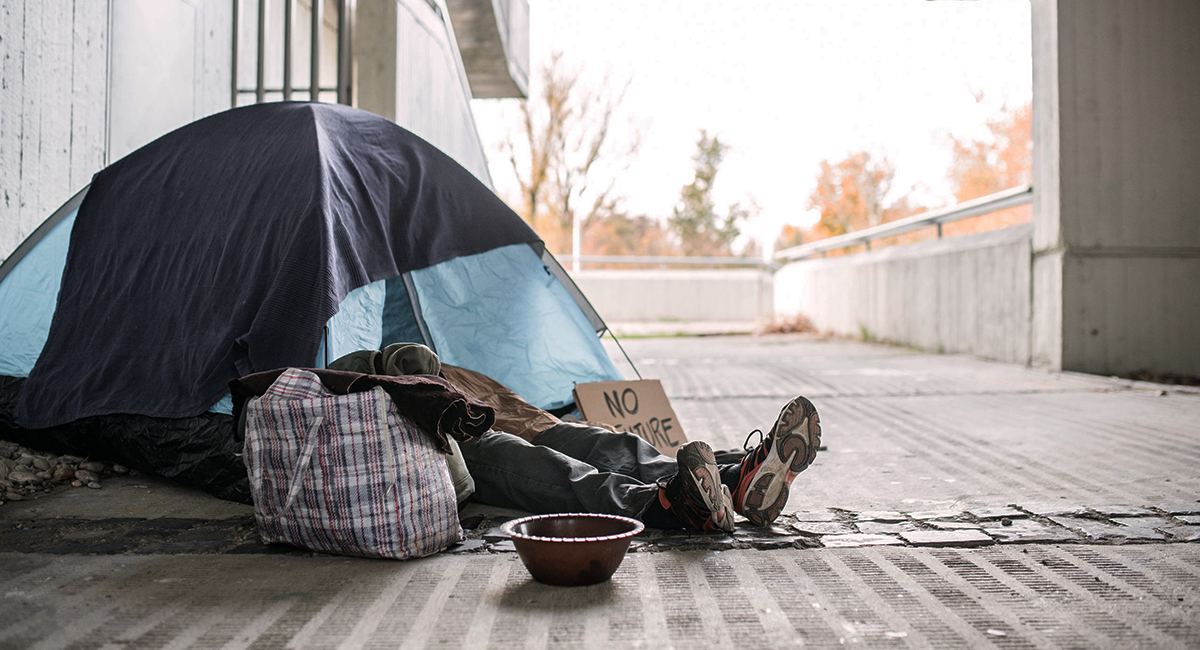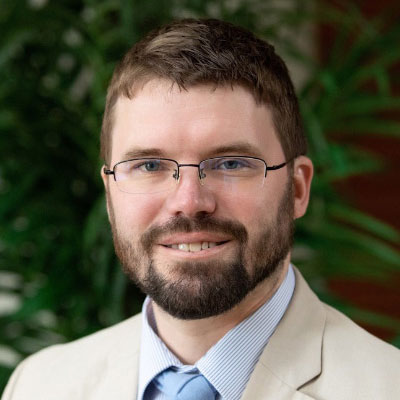In March 2021, San Francisco’s Mission Hotel held a joint funeral service for seven residents. The hotel is one of the sites leased by the city to house the unsheltered population, and resident deaths have become so frequent in these facilities that joint memorials have become the norm. Although the causes of the deaths vary, drug overdose has been responsible for 40 percent of those memorialized at these services.
These former hotel residents had been homeless, and the city helped them by providing them with a permanent shelter. Considering “homelessness” by its strict definition, this would seem to solve the problem. People who previously did not have a home now do.
But for those suffering from trauma, mental illness and substance abuse, homelessness is a symptom of deeper problems. This is especially true in the age of fentanyl. We can warehouse every person living on the streets today and hang “Mission Accomplished” banners above the doors of their new homes. Still, we would eventually discover we had uncorked the champagne prematurely.
Since the 2009 passage of the Homeless Emergency Assistance and Rapid Transition to Housing (HEARTH) Act, the federal government’s approach to solving homelessness has been guided by the “Housing First” philosophy.
Fifteen years later, we should recognize the inadequacy of this approach, with the Department of Housing and Urban Development’s recent Homeless Assessment Report, released in December, showing a 12 percent increase nationally in the number of homeless from 2022 to 2023.
Housing First is based on the theory that most of the problems from which homeless individuals suffer, such as alcohol or drug addiction, are a product of their homelessness rather than the cause. Proponents believe these ancillary issues would improve if they had a stable and permanent residence.
Housing First policies have focused on the rapid rehousing of homeless individuals, with the bulk of federal funds going to so-called “permanent-supportive housing” (PSH). In theory, these facilities—such as San Francisco’s Mission Hotel—include supportive services, which are frequently neglected in practice. By federal law, PSH facilities cannot impose sobriety requirements on residents.
As a practical matter, Housing First has primarily amounted to an “out of sight, out of mind” solution to homelessness—people die indoors rather than on the sidewalk.
The fentanyl crisis has exposed the callousness of this policy. For example, University of Pennsylvania researchers found that 56 percent of fatal overdoses among New York City’s homeless population occurred in PSH facilities and shelters. The housing-centered policy approach is clearly failing, even by its own measures.
When we recognize the relationship between addiction and homelessness, it is easier to understand why the unsheltered population continues to grow.
The homeless encampments found in many major cities are often surrounded by open-air drug markets, which are a magnet for addicts. It is not unheard of for residents of these so-called “tent cities” to reject housing offers. According to San Francisco Mayor London Breed, 60 percent of the people offered housing by her outreach team “refused to accept help and move indoors.” Some already had housing but chose to stay on the streets anyway.
In the early 20th century, Nels Anderson—a formerly homeless sociologist who became the nation’s leading expert on homelessness—explained this phenomenon. Unlike users of alcohol or cocaine who could go without their drugs for lengthy periods, he wrote, “users of heroin or morphine are not able to separate themselves from the source of supply for so long a time.”
Fentanyl maintains an even tighter hold on opioid addicts than heroin, to the point that most users will neglect to seek treatment without some form of compassionate intervention. As one former drug addict put it, addiction is the loss of the freedom to abstain.
Affordable housing is an essential component of the homelessness solution, but it is by no means sufficient. West Virginia, where homelessness is rare but addiction is rampant, should serve as a grim reminder that substance abuse and overdose deaths do not disappear behind welcome mats.








